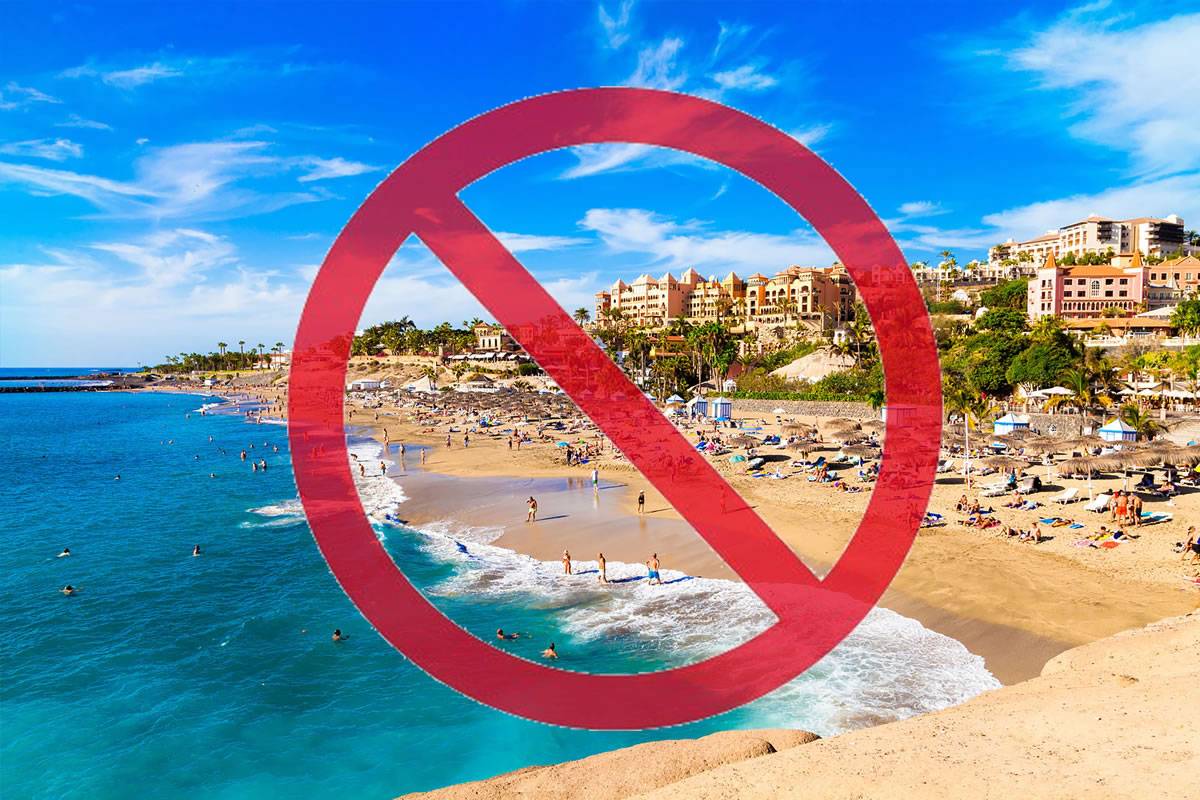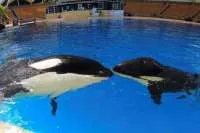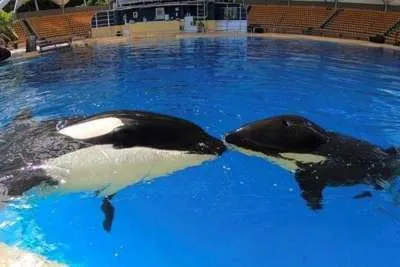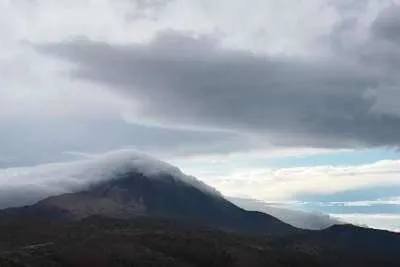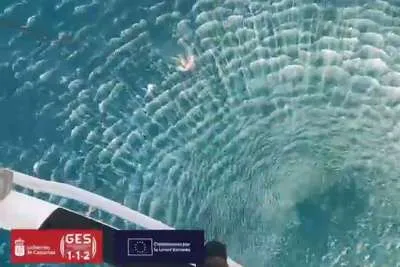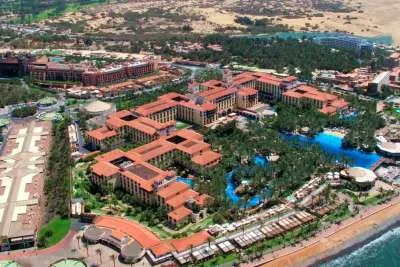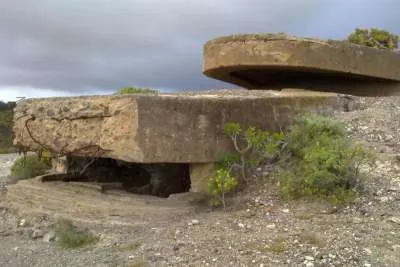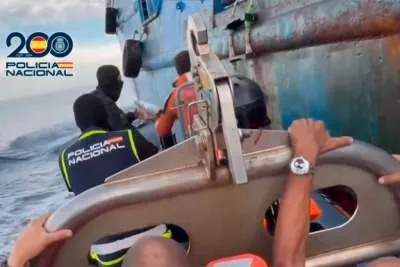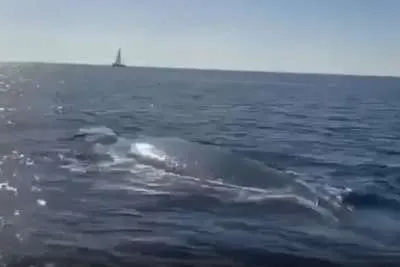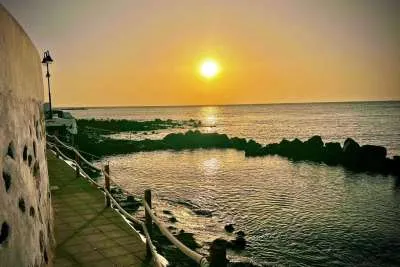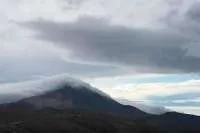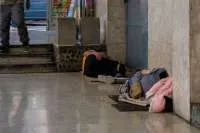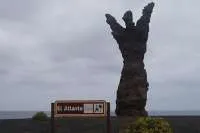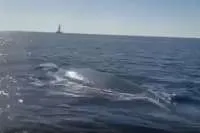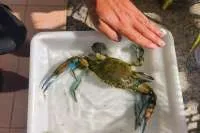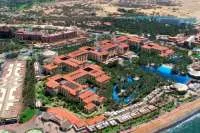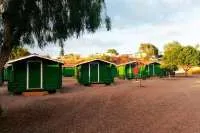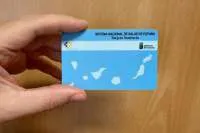The council recommend no swimming in Costa Adeje due to the presence of microalgae
- 24-08-2023
- Tenerife
- Canarian Weekly
- Video Credit: DA
The Adeje City Council, following the recommendations made by the General Directorate of Public Health of the Canary Islands Government, given the appearance of microalgae in some coastal areas, beaches, and bathing areas of the municipality, recommends not to go in the water and to avoid contact with these deposits whether they are in the water or left on the sand due to the effects of the tides.
The presence of these algae, which have a similar colouring to yellow sand, in some areas of the coastline, have also been sighted in other coastal areas of the island, are known as ‘blooms’ of microalgae, sometimes reach the beaches and swimming zones, but haven’t caused any significant damage to anyone’s health so far.
Taking into account the information provided by the regional Ministry of Health, Adeje council wishes to inform the public that these microalgae are a natural phenomenon that occurs periodically as a result of various biological, environmental and climatological factors, and are not from sewage pipes or similar.
High sea temperatures, certain winds and currents, as well as the arrival of dust from the Sahara (calimas), are conditions that can favour the appearance of these phenomena, which generally occur simultaneously in different locations and off the coasts of different islands of the archipelago.
Most microalgae are harmless, but some can produce toxins with varying health effects, either by contact, by ingesting the water containing them, or by inhaling the air droplets caused by the waves.
Recommendations and protective measures:
· Refrain from swimming in the affected area and avoid contact with the material deposited on the sand.
· Avoid being downwind to reduce the possible inhalation of airborne droplets on the shore.
· For water sports or any other activity involving immersion, wear neoprene clothing that prevents water contact with the skin and has tight-fitting openings to prevent water from entering the suit, as trapping microalgae between the skin and the garment increases contact time and effects.
· After contact with a microalgae ‘bloom’, it is necessary to shower or rinse thoroughly to remove any remaining microalgae on the skin.
· Wash and dry any clothing or material that has come into contact with the bloom.
· Ideally don’t organise recreational or sporting activities on beaches affected by these episodes.
· If any health effects are observed after exposure to a bloom, seek medical advice.
Identification of massive blooms of microalgae.
The presence of massive blooms of microalgae on beaches is easily identified and has the following characteristics:
· Abnormal colouring of the water with patches of varying intensity and colour (orange, brown, brown, brown, bluish green or whitish) and loss of transparency.
· Presence of "creams", lumps or spots on the surface of the water, of varying colour and intensity, and with a somewhat viscous, oily or sawdust-like appearance.
· As the microalgae decomposes, an unpleasant odour of varying intensity may be noted.
Water analysis.
The Municipal Laboratory of Adeje, in collaboration with the regional Ministry of Health, regularly analyses the quality of the water along the coast of Adeje.
The occurrence of these massive blooms of microalgae is unpredictable, so it is advisable to follow the instructions of the lifeguards and local police on duty at the beaches and swimming areas, and to respect barriers, fences, and warning signs and flags.
Finally, the Adeje council wishes to inform the public that the regional department of health has issued a warning to all the boroughs of the archipelago regarding the massive growth of microalgae in all the bathing areas of the Canary Islands.
Other articles that may interest you...
Trending
Most Read Articles
Featured Videos
A Vision of Elvis Tenerife Promo
- 10-05-2025
Tenerife Travel Guide
- 13-12-2024
Live webcam from Lanzarote airport
- 13-12-2024


